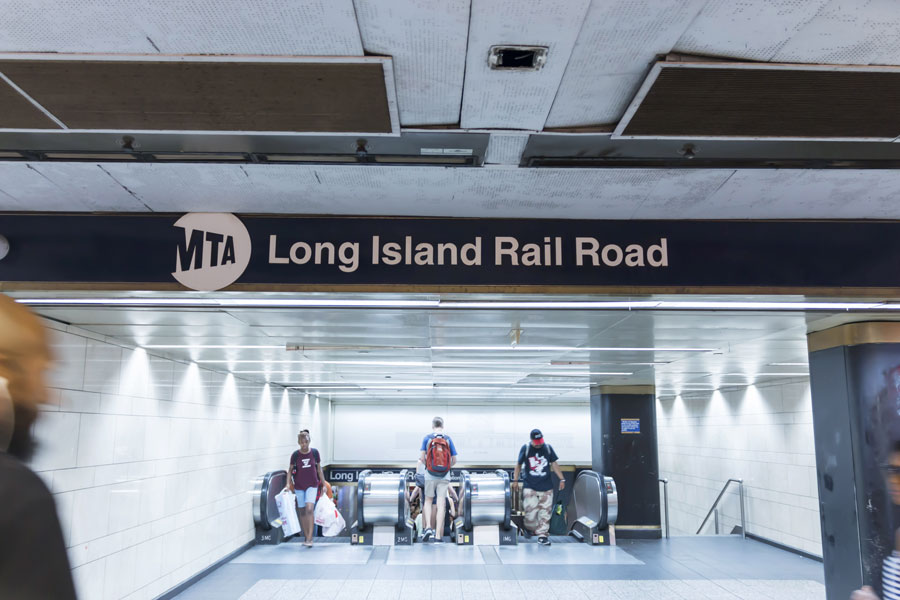Metropolitan Transportation Authority (MTA)

The Metropolitan Transportation Authority (MTA) is the largest public transit authority in the United States, operating in the New York metropolitan area. Established in 1965, the MTA oversees subways, buses, commuter railroads, and bridges and tunnels, providing essential transportation for millions of daily riders. For Long Island, the MTA’s most critical service is the Long Island Rail Road (LIRR), a lifeline connecting commuters, students, and visitors to New York City and across Nassau and Suffolk counties.
MTA on Long Island
- Long Island Rail Road (LIRR): Spanning 11 branches and over 120 stations, the LIRR stretches from Penn Station and Grand Central Madison in Manhattan all the way to Montauk on the island’s eastern tip.
- Ridership: In 2024, the LIRR carried approximately 75.5 million passengers, making it the busiest commuter railroad in the country. On peak weekdays, ridership can approach 300,000 people per day.
- Connections: LIRR links Long Island residents to NYC subways, MTA buses, and Metro-North Railroad, creating seamless travel throughout the region.
- Special Service: Extra trains are often added for major events such as the Belmont Stakes, concerts, and beach season at Jones Beach and the Hamptons.
Other MTA Services Affecting Long Island
- New York City Transit: Subways and buses under the MTA provide onward connections once riders reach Manhattan, Queens, or Brooklyn.
- Bridges and Tunnels: The MTA oversees key Hudson and East River crossings used by Long Islanders traveling into New York City.
- Regional Bus Connections: MTA buses complement Nassau Inter-County Express (NICE Bus) routes in western Long Island, helping commuters reach subway hubs.
Economic and Social Impact
The MTA is vital to Long Island’s economy and lifestyle. It makes commuting possible for hundreds of thousands of residents working in New York City, supports tourism by bringing visitors to Long Island’s beaches and vineyards, and reduces congestion on major roadways. Without the MTA, Long Island’s close connection to the city simply wouldn’t exist.
Snapshot Box: MTA & Long Island
- Founded: 1965
- Headquarters: New York City
- Coverage: NYC, Long Island, Hudson Valley
- Primary Long Island Service: Long Island Rail Road (LIRR)
- Stations: 120+
- Branches: 11
- Annual LIRR Ridership (2024): ~75.5 million
- Daily Peak Riders: ~300,000
- Key Destinations: Penn Station, Grand Central Madison, Brooklyn, Queens, Montauk
Q&A
Q: What does the MTA operate on Long Island?
A: The MTA’s Long Island Rail Road (LIRR) provides passenger rail service across Nassau and Suffolk counties, with connections into New York City.
Q: How big is the LIRR system?
A: The LIRR covers more than 700 miles of track, serving over 120 stations on 11 branches from Manhattan to Montauk.
Q: How many people use the LIRR each year?
A: In 2024, the LIRR carried around 75.5 million passengers, making it the busiest commuter railroad in the U.S.
Q: Why is the MTA important to Long Island?
A: The MTA makes commuting to NYC possible for hundreds of thousands of Long Islanders, supports tourism, and helps reduce traffic congestion.

